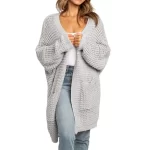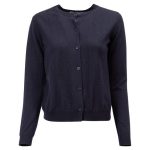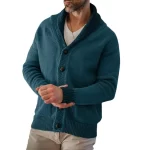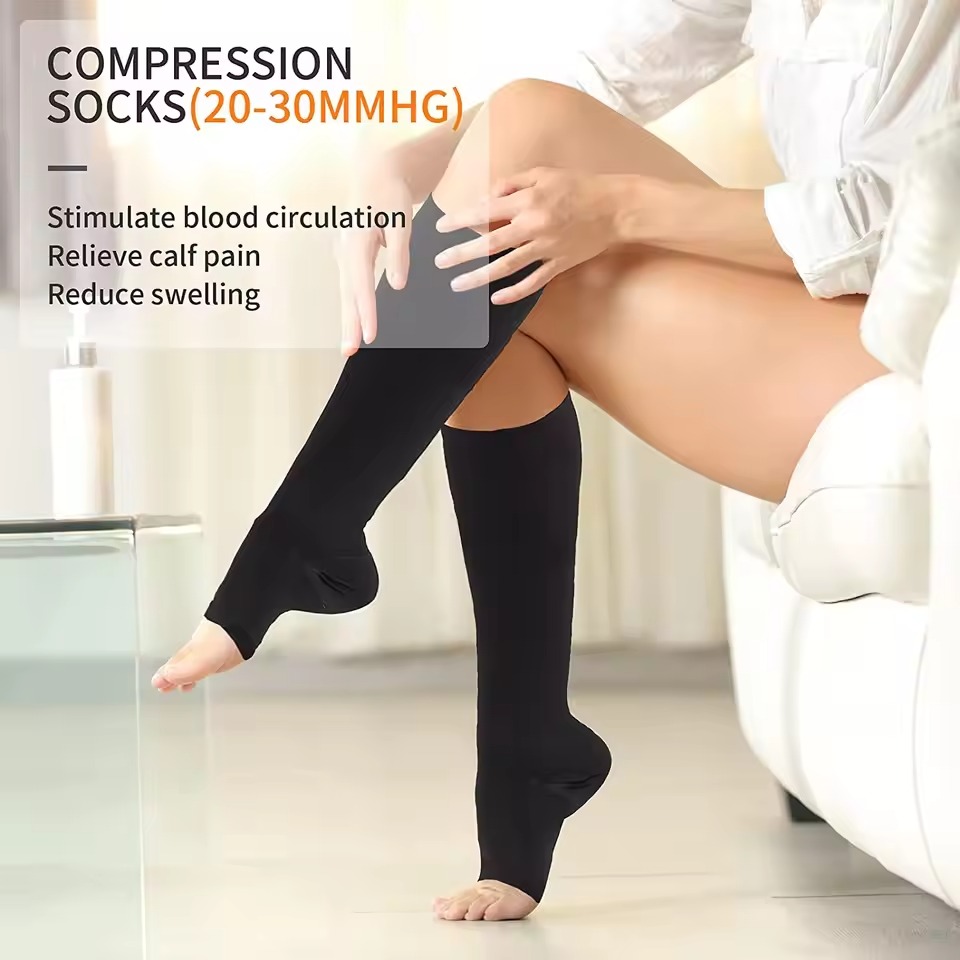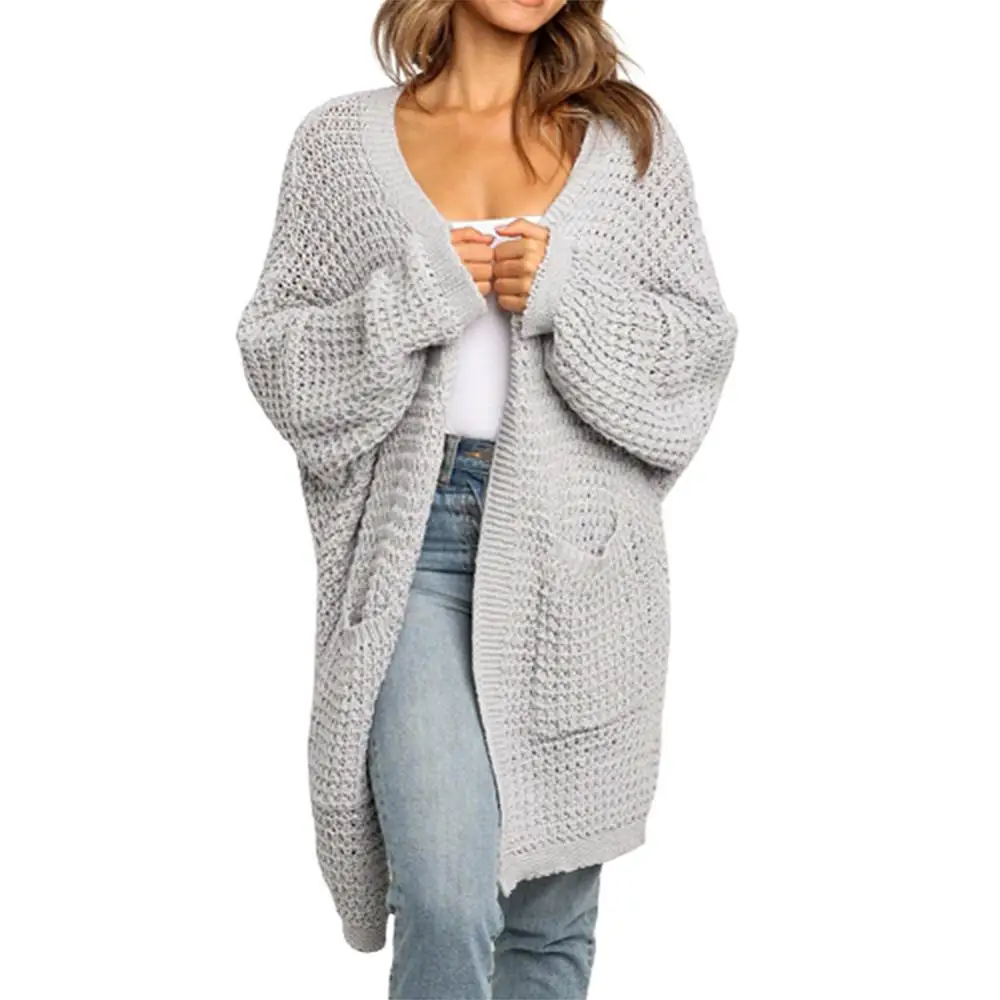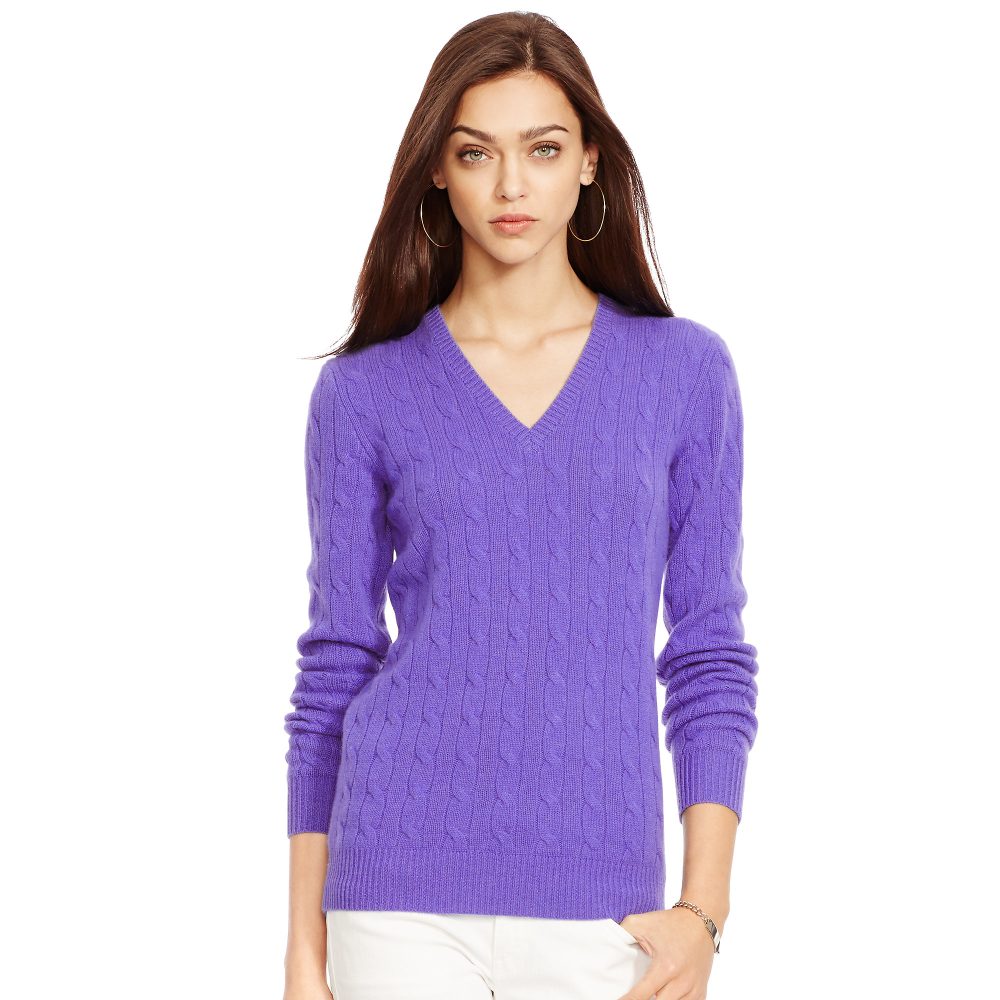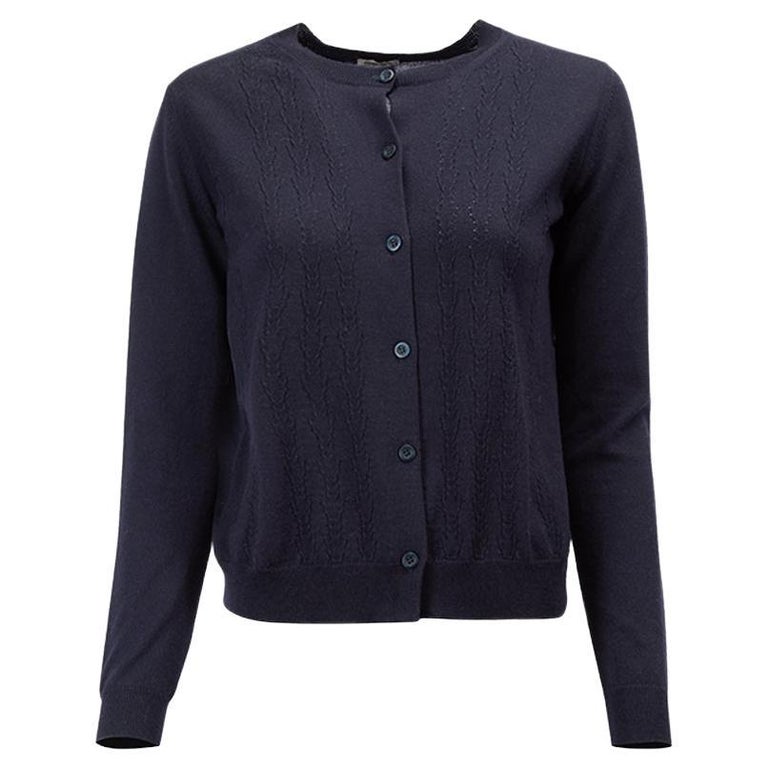Understanding Compression Socks: Purpose and Benefits
Compression socks are special hosiery designed to support circulation. They help blood flow from your legs back to your heart. Such socks are great for those who stand or sit for long periods. Athletes also use them to boost performance and speed up recovery.
The benefits of compression socks are many. They reduce swelling and lessen fatigue in the legs. By compressing the leg tissues and veins, they prevent blood from pooling in leg veins. This aids in preventing leg swelling and, to a lesser extent, blood clots.
For people with certain health conditions, compression socks are a lifeline. Those with varicose veins or venous insufficiency often wear them. Nurses, retail workers, and others who spend all day on their feet also find them helpful.
Wearing compression socks can also be a preventive measure. Some frequent flyers wear them to avoid deep vein thrombosis (DVT) during long flights. They minimize the risk of DVT by promoting blood flow.
Proper fit is key to enjoying these benefits. Remember, how tight should compression socks be? They should be snug but not painfully tight. A well-fitted sock will provide optimal benefits with comfort. With the right tightness, you reap the full range of benefits from compression socks.
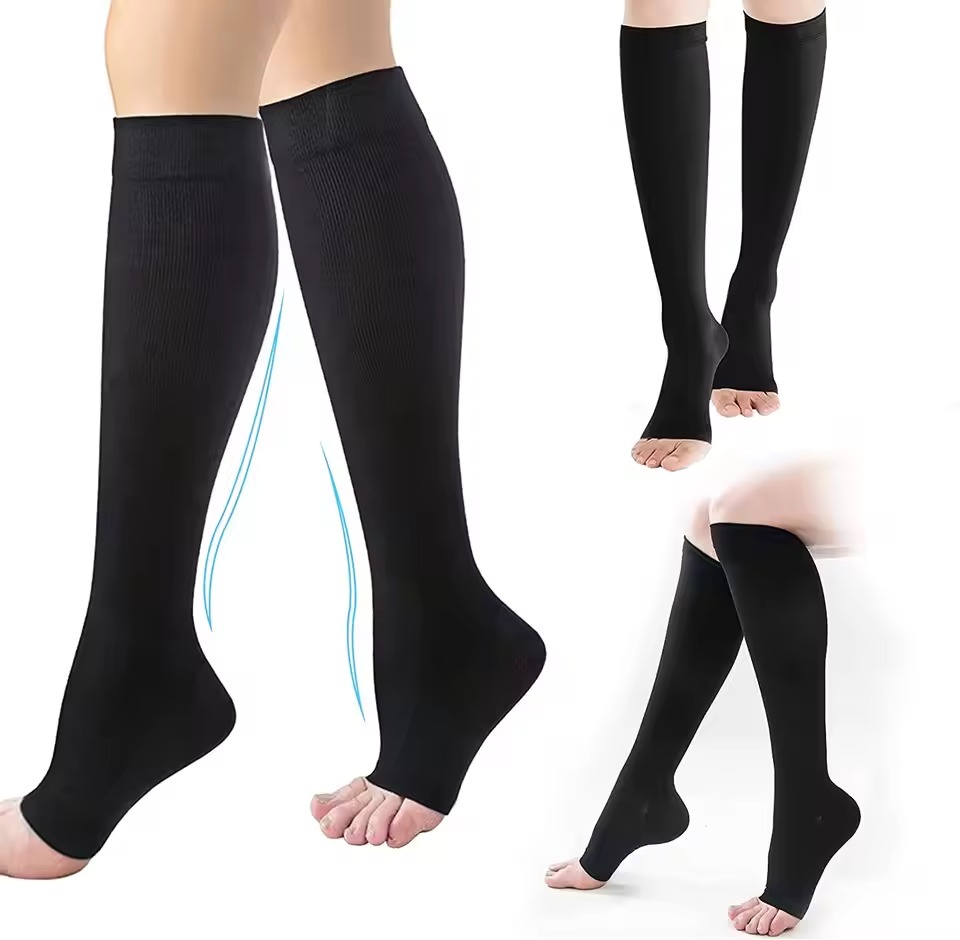
Measuring for the Perfect Fit: Techniques and Tools
Getting the size right for compression socks is crucial for their effectiveness. To measure your legs for compression socks, follow these steps: First, measure your calf’s widest part. Use a flexible measuring tape for accuracy. Next, measure the length of your leg from the floor to the bend behind your knee. It’s best to do this in the morning since legs can swell during the day.
For tools, a cloth measuring tape is the most common and easy to use. Some brands may offer sizing charts. These help match your measurements with the ideal sock size. Always refer to the brand’s specific guide, as sizes can vary.
When considering the question, ‘how tight should compression socks be?’ they should fit snugly but allow for comfortable movement. They should not leave deep marks on your skin or feel uncomfortable. If you’re unsure about your size, consult a healthcare provider or a fitting specialist. They know how to find the right balance between snugness and comfort.
In summary, use the right tools and techniques to ensure a perfect fit. It guarantees the socks work as intended and provide their full benefits.
Compression Levels Explained: Choosing the Right Tightness
Compression socks come in various levels of tightness. Each level has a purpose and is ideal for certain conditions. It’s vital to choose the right compression level to gain maximum benefits and comfort from your socks.
Mild compression, often ranging from 15 to 20 mmHg, is good for standing long periods. It can ease swelling and aching for those who have minor leg discomfort. For travel and aiding in DVT prevention, this level of compression is often recommended.
Moderate compression levels, such as 20 to 30 mmHg, are better for those with varicose veins. They also help with moderate swelling. Healthcare workers and others on their feet all day may prefer this range.
Firmer compression, between 30 to 40 mmHg, suits those with more serious circulatory issues. It can also benefit athletes looking for a boost in performance and recovery.
Medical-grade compression, which is 40 mmHg and above, should only be worn with a doctor’s prescription. It’s crucial for certain medical conditions requiring the highest level of compression.
When you ask, ‘how tight should compression socks be?’, consider your needs. Are you seeking comfort for everyday activities or support for a health condition? Your answer guides your choice for the proper tightness level.
Remember, a perfect fit is not just about size. It’s also about the right level of compression for your legs. Choose wisely for the best fit and function of your compression socks.
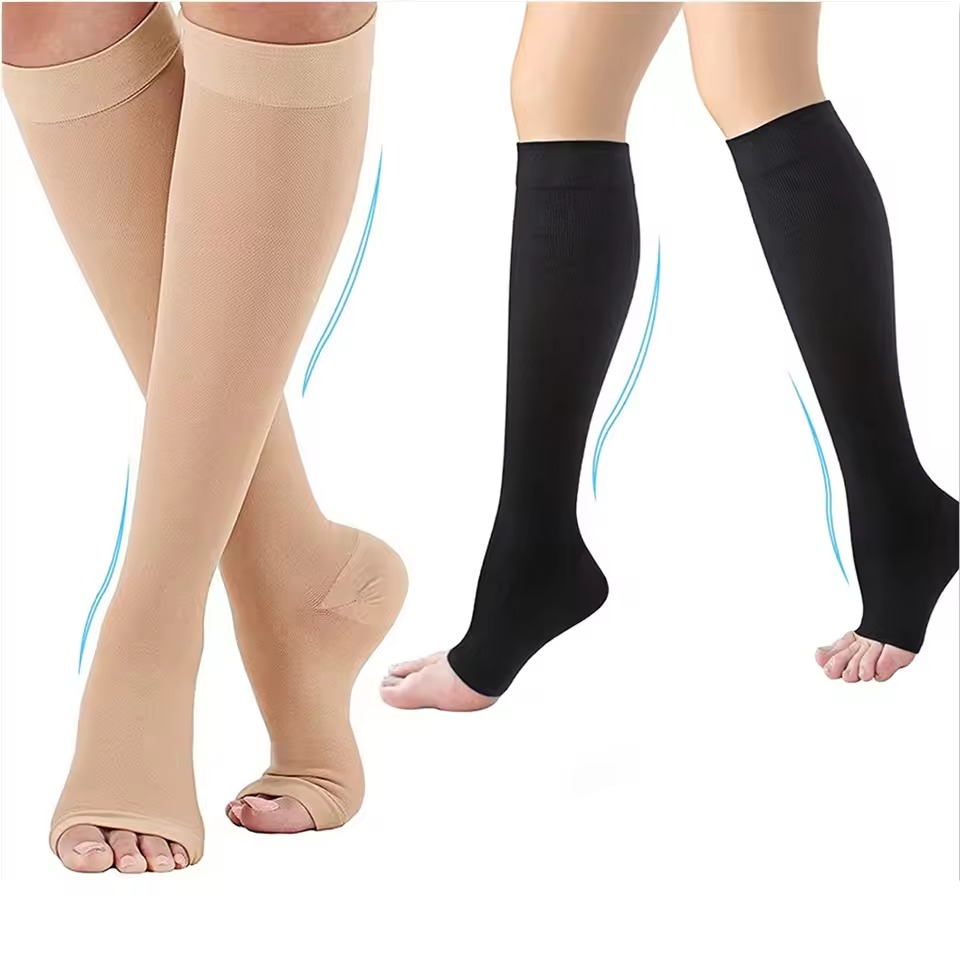
Signs of Poorly Fitted Compression Socks: What to Look Out For
Knowing how to spot poorly fitted compression socks is as crucial as choosing the right size and compression level. If your compression socks are ill-fitting, you may not get the full benefits. Worse, you could even cause harm to your legs. Be mindful of these warning signs:
- Indentations on the Skin: Good compression socks should be snug. However, they should not dig into your skin. If you see deep marks or indents, your socks are too tight.
- Numbness or Tingling: If you experience a tingling sensation or numbness in your legs, this could be a telltale sign your socks are too constrictive. Properly fitted socks should enhance circulation, not hinder it.
- Bunching Fabric: Socks should lay smooth against your skin. Bunching or wrinkling can cause discomfort. It could also interfere with blood flow. Be sure they fit evenly along your legs.
- Slipping Socks: If your socks slip down, they’re too big. This defeats the purpose, as they need to stay in place to work effectively.
- Difficulty in Putting Them On or Taking Them Off: While they should be snug, if it’s a struggle to don or doff your socks, they might be too small. Compression socks should be firm but manageable to handle.
- Discomfort Throughout the Day: You should be comfortable wearing your socks all day. If they cause pain or severe discomfort, it’s likely they are not the correct fit or compression level for you.
If you notice any of these signs, it’s time to reassess your socks’ fit. Remember to ask, ‘how tight should compression socks be?’ They should be tight enough to support but not so tight they cause problems. Always seek advice from a healthcare provider if you are unsure or have concerns.
Compression Sock Materials: How Fabric Affects Fit
When choosing compression socks, the material is key. It affects how the socks fit and feel. Different fabrics offer varying levels of stretch, breathability, and durability. Here are the common materials used:
- Synthetic Fibers: Nylon and spandex are popular. They provide good stretch and a snug fit. These materials also wick moisture away, keeping feet dry.
- Natural Fibers: Cotton and wool add comfort. They can be less stretchy but great for breathability. They tend to be softer on the skin.
- Blends: Many socks combine synthetic and natural fibers. This mix can offer the best of both worlds. You get durability, comfort, and the right amount of stretch.
Fabric affects how tight compression socks should be. Highly stretchable fabrics fit tightly without discomfort. Less stretchy materials may feel tighter and affect how the socks compress your legs.
The weave of the material also matters. A tighter weave can offer more compression. A looser weave might be more comfortable but less effective.
When questioning, ‘how tight should compression socks be?’, remember fabric choice plays a role. It’s essential for comfort and the level of compression. Each material has benefits and drawbacks. Consider your needs and preferences when picking your socks.
To find the best fit, try different materials and see what feels right. The goal is to balance snugness for support with comfort for daily wear.
The Role of Compression Socks in Sports and Recovery
In the realm of sports and recovery, compression socks play a vital role. Athletes across various disciplines wear these socks to enhance performance and speed up muscle recovery. The key benefit lies in the socks’ ability to improve blood circulation, which helps to deliver more oxygen to the muscles. This can reduce muscle fatigue during activity and promote faster recovery post-exercise.
For instance, runners often use compression socks during long-distance events to support their calves and shin areas. This helps to minimize muscle oscillation and damage. Post-race, the same socks aid in the recovery process by reducing muscle soreness. Similarly, basketball players may wear them to maintain leg circulation during periods of inactivity, like sitting on the bench.
The role of compression socks in sports isn’t limited to during physical activity alone. Many athletes use them after strenuous workouts or games to help with muscle recovery. The gentle compression can alleviate swelling and improve the removal of lactic acid from the muscles.
Incorporating compression socks into a recovery routine can also be beneficial for injury prevention. By stabilizing muscles and joints, they can potentially reduce the risk of strains and sprains. Additionally, for those who have experienced leg injuries, compression socks can assist in reducing swelling and pain during the rehabilitation process.
To sum up, ‘how tight should compression socks be’ for sports and recovery? They should be snug to provide the necessary compression without impeding movement or causing discomfort. Properly fitted compression socks will offer the intended benefits without the negative side effects of poorly fitted socks.
Athletes looking to maximize their performance and ensure a quick recovery should consider the fit, fabric, and compression level of their socks. Compression socks can be a game-changer in the world of sports and physical activity, promoting well-being and longevity in an athlete’s career.
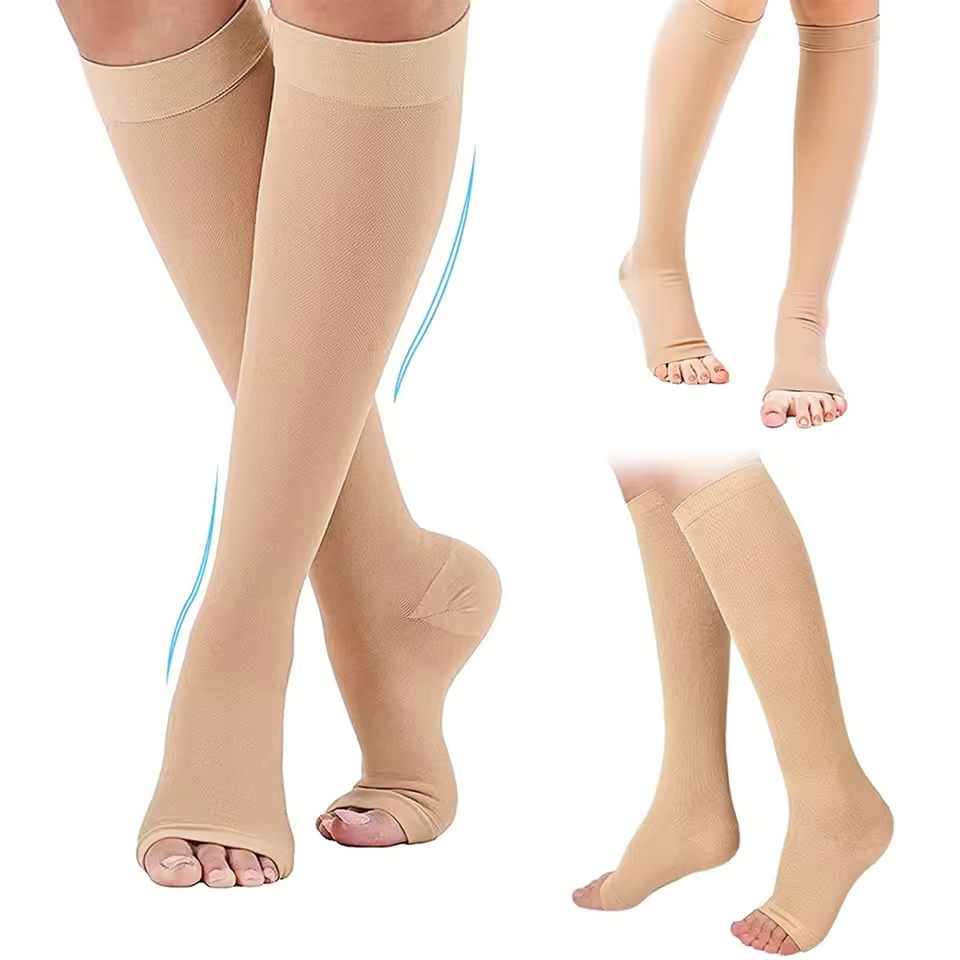
Tips for Wearing Compression Socks: Best Practices and Common Mistakes
When using compression socks, knowing the best practices is crucial for their effectiveness. Here are tips and common mistakes to avoid for optimal use.
Do’s:
- Check sizing regularly: Your leg size can change. Ensure your socks continue to fit well.
- Follow wear guidelines: Some socks are for daily use, others for certain periods. Wear them as directed.
- Put them on correctly: Smooth out wrinkles. They should cover the leg smoothly without bunching.
- Wash them properly: Follow the care instructions. Proper cleaning maintains their elasticity and fit.
- Listen to your body: If socks cause pain or major discomfort, reassess the fit or consult a professional.
Don’ts:
- Ignore pain or discomfort: If socks hurt, they might be the wrong size or tightness. Adjust as needed.
- Roll or fold the tops down: This can hinder blood flow. Wear them as they’re designed.
- Use damaged socks: Tears or stretched-out fabric reduce effectiveness. Replace them when needed.
- Wear them to bed: Unless your doctor advises it, don’t wear them while sleeping.
- Neglect foot hygiene: Keep feet clean and dry to prevent fungal infections and maintain healthy skin.
Remember, when asking ‘how tight should compression socks be?’ they should be snug yet comfortable. They’re too tight if they restrict blood flow or cause pain. On the other hand, too loose and they won’t provide the needed benefits. Find a balance for a fit that supports your legs without complications. Wear them right, and you’ll feel the difference!
The Future of Compression Socks: Innovations and Trends for 2025
Compression socks have come a long way. By 2025, we expect more innovations. These will enhance their benefits even further. Here’s what to look for:
Smart Compression Socks: Future designs may include smart technologies. These could monitor circulation and adjust tightness as needed.
Eco-Friendly Materials: Trends are moving towards sustainability. We may see socks made from recycled or natural fabrics that still offer great compression.
Custom-Fit Solutions: Advances in technology might allow for custom-fit socks. These would be based on 3D scans of an individual’s legs for a perfect fit.
Enhanced Comfort Features: Expect designs focused on comfort without compromising on compression. Improved materials and weaves are likely.
Fashion-Forward Styles: Compression socks will continue to blend style with function. Look for a broader range of colors and patterns that suit all occasions.
In short, the question of ‘how tight should compression socks be?’ remains key. Users will have more ways to ensure the perfect fit. That’s as tech and trends advance in the compression sock industry.

